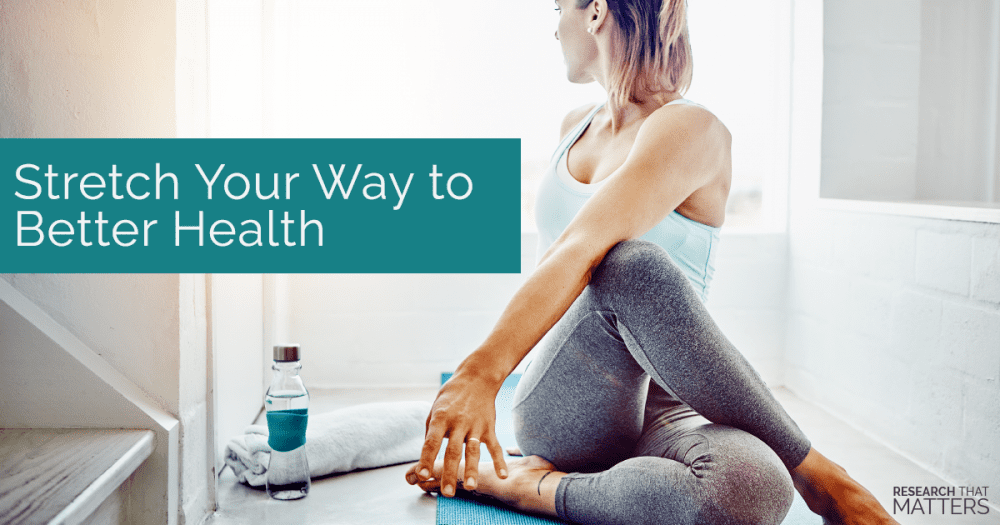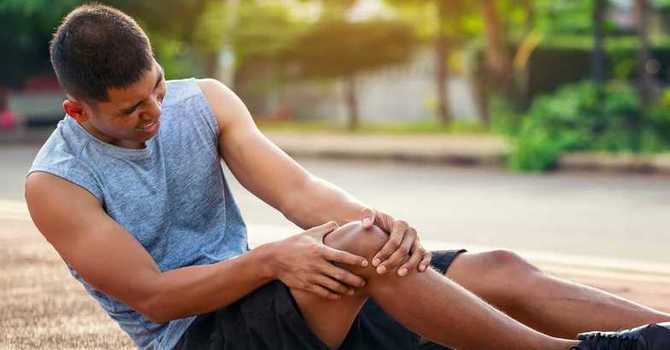
Stretching is an important part of keeping healthy. Doing so helps ensure joint move like they should and don’t become painful as you age. It is also a great opportunity for meditation and mental health.
There are, however, better and worse way to stretch, and it can even depend on the situation which is best. Today we’ll cover proper stretching techniques and ‘Pro-tips’ to get the most out of your stretching sessions.
First off, it’s important to know that in order for stretching to be effective, it must be done regularly. In order to benefit from stretching, evidence recommends that you do so at least 2-3 times each week, and both before and after any kind of physical activity.
So what are the different stretching techniques, and when is it best to use them? Well, there are at least 4 main types, but today we’re going to cover the 2 most common:
- Static Stretching: This involves getting into a stretch and holding that position for a period of time, as most are familiar with. It is important to note, however, that this kind of stretching should not be performed soon before physical activity, but rather afterwards or on days when you don’t plan on doing anything physical. This is because while static stretching does effectively increase mobility and stability over time, it leads to temporary decreases in joint stability and power, which may increase chances of injury.
- Dynamic Stretching: This involves going through some kind of movement while stretching, which will not overstress muscles but does lengthen them and increase blood flow, allowing for improved mobility and performance during activity and a reduced chance of injury.
The benefits of stretching are fantastic: Improved Mobility, Increased Energy, and Better Posture—which all lead to reduced risk of pain and injury. We encourage you to make stretching a regular part of your schedule by finding an appropriate time to fit it into your schedule. Perhaps right after you wake up, or before lunch.
One more stretching tip for you: when you stretch, avoid ones that stretch out large areas. For example, when I do a toe-touch stretch for my hamstrings, sometimes I feel it in my back, or even my neck.
Why is that?
Because when you stretch large areas, your body takes the path of least resistance, so loose muscles stretch out more while tight ones stretch out less. We recommend you find time to come into your Premier Gilbert Clinic, Better Chiropractic, where we can show you more effective, specific stretches to target pain and posture best so you can Feel, Live, and Perform Better! Make your appointment today!




